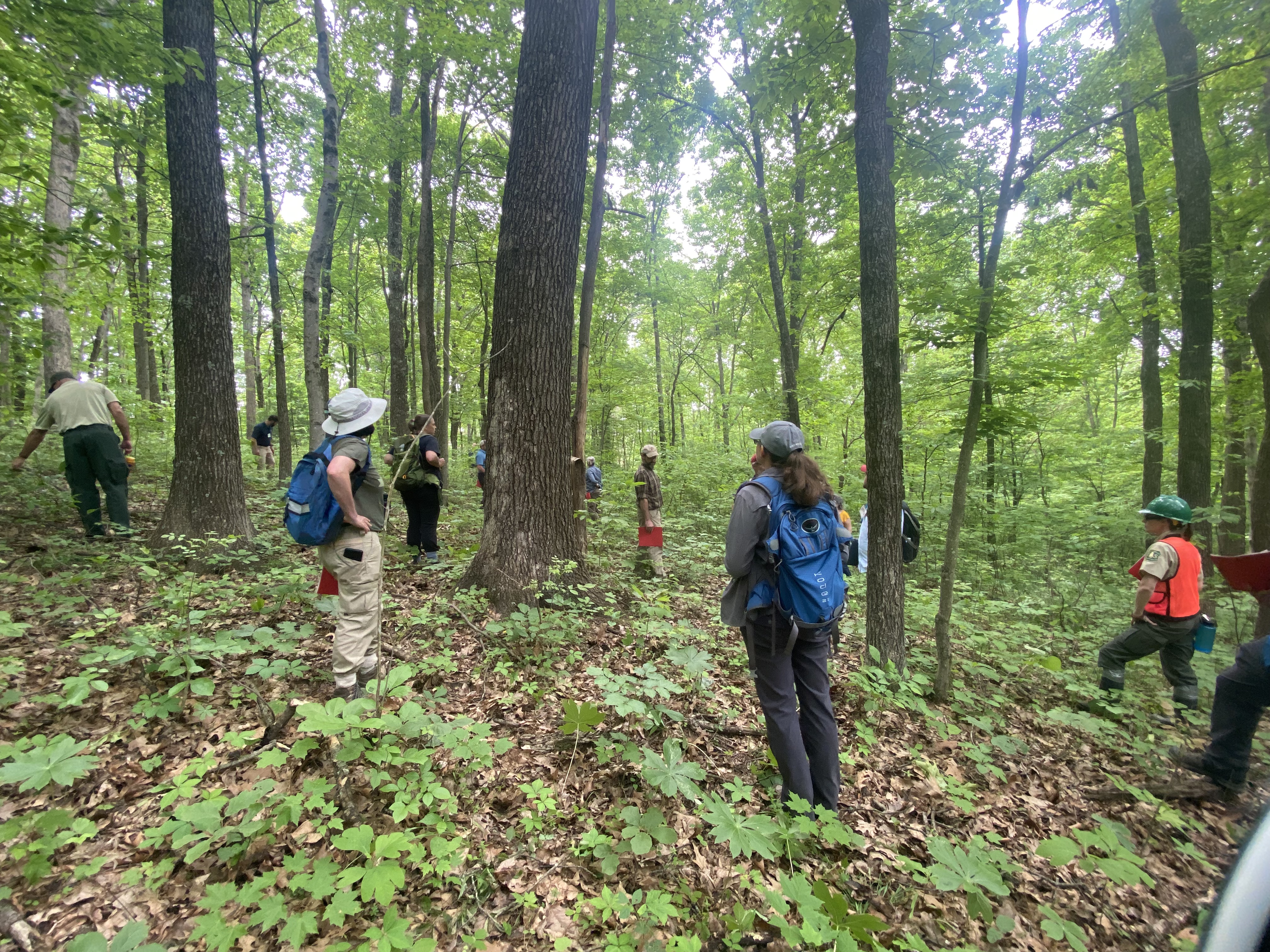
Key projected climate change impacts that the project team considered for the Ohio Hills include:
- Increased average annual temperatures
- Changing precipitation amounts and extreme weather events
- Increased risk of drought: reduced snowpack and increased water loss
- Increased invasive plants, pests, and pathogen
- Increased risk of wildfires
Climate change will present challenges and opportunities for accomplishing the management objectives of the Ohio Hills, including:
CHALLENGES
- Increased risk of drought stress on regeneration
- Drier soil conditions in summer and fall, especially on south-facing slopes, may increase the risk of wildfire: Frequent fires have the potential to kill seedlings of many species, even those species that have relatively fire-resistant, thick bark as adults
- Changes in tree species habitat
- Increased frequency of extreme weather events (e.g., windstorms and ice storms) may lead to more frequent large-gap disturbances
OPPORTUNITIES
- Longer growing seasons
- Increased fire frequency could help regenerate oak species and restore the understory composition to conditions prior to fire suppression
- Climate change capability is good to very good for most of the many species in southeast Ohio, including white oak, northern red oak, black oak, red maple, pignut hickory, mockernut hickory, sugar maple, black gum, and yellow-poplar
- Other common species are projected to persist over a smaller extent with fair to poor climate capability, including chestnut oak, scarlet oak, sweet birch, and American beech


